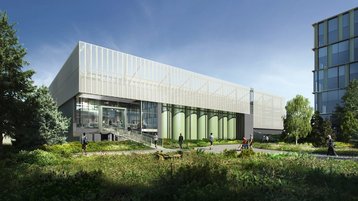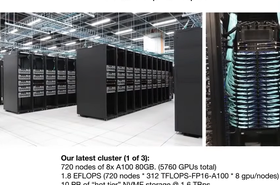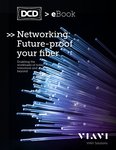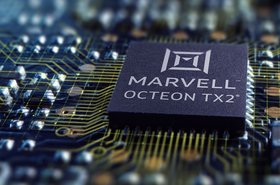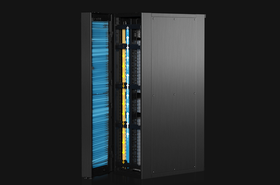Microsoft is set to test the potential of indoor wireless links for data centers, which could be used by operators alongside cabled connections.
The tech giant has asked the Federal Communications Commission’s (FCC) office of engineering and technology for permission to test the potential of sub-terahertz wireless links to enable communications data to be sent between servers.
Sub-THz frequencies are considered those between 100-300GHz, and are thought to be suitable for future 6G networks due to their ability to transport high volumes of data with low latency.
The bands have “several features that make them attractive for use in data centers,” according to Microsoft’s FCC filing, first reported by 6GWorld.
These include highly directional beams, which are enabled by large-element antenna arrays. These “allow coexistence of multiple communication links through spatial multiplexing.”
It says that “a large indoor operating environment” like a data center, as well as the ability to “enhance the building walls to minimize RF propagation enables the establishment of wide-bandwidth high data rate links with minimum interference to potential outdoor deployments, promoting efficient spectrum sharing and coexistence.”
Microsoft noted that previous attempts to improve bandwidth through free-space optical technology floundered “due to the challenge of accurately pointing the optical beams in the presence of vibrations,” the company said. It is not clear if the company has itself researched free-space optics, but university researchers in 2017 proposed using the tech inside data centers.
"We anticipate sub-THz radio frequency (RF) will not suffer from alignment issues due to the relatively large and adjustable beam width," Microsoft said.
“The ability to electronically steer the RF beam rapidly will also enable us to develop appropriate control loops to further mitigate challenges caused by equipment vibrations.”
Microsoft’s experiment will take place at its headquarters in Redmond, Washington. It will occur “exclusively indoors at low power levels that preclude any substantial risk of harmful interference.”
The FCC granted permission for the experiment, running through to January 2026.

